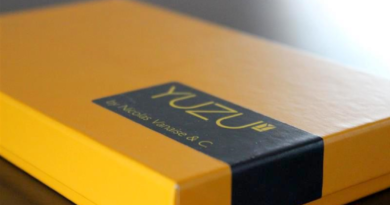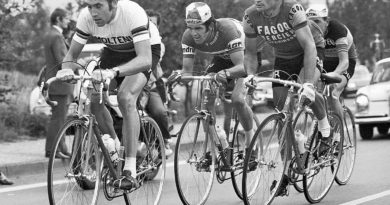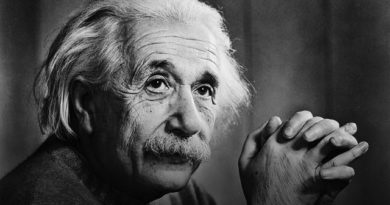We offer something intimate, an experience where human connections are highly valued: Muziekpublique
Short attention span is a pervasive symptom of modern western society: mobile phones vibrating, a new episode for a TV series becomes available, more and more pop up messages, the constant stimuli never stop. Artists have had to find ways to re-invent themselves to command attention or else be ignored.
And it is with this spirit that Muziekpublique has decided to step into the future.
Embracing the diversity of cultures, with the richness found in Belgium, they have explored unusual and fresh alternatives to what art can mean to an audience. They have merged architectural heritage with intimate mystical music, world-dancing courses and festivals, everything in a way that shows an immense care in what they value the most: bringing a unique experience to their public.
This month Morgane Mathieu speaks with Brussels Express about Muziekpublique’s mission, their fantastic Hide & Seek Festival, and much more.
What is Muziekpublique?
The not-for-profit association Muziekpublique keeps music and dance traditions alive and kicking in Brussels through an ambitious program of concerts, courses, as well as a record label.
We bring together artists and audiences in a spirit of joy, discovery and respect for cultural diversity.
A year-round concert program, featuring Belgian and international artists, forms the core of the foundation’s activities. From the contemplative to the madly festive, concerts take place indoors throughout the year in the beautiful Théâtre Molière in Ixelles, and extra-muros on certain occasions in places around the city (Hide & Seek Festival, Living Room Music Festival, etc)
Muziekpublique also has a remarkable program of 50 courses in the World Music & Dance Academy, where you can learn how to play a wide range of traditional European, African and oriental instruments or authentic folk dances from every corner of Europe.
Muziekpublique is the musical home of many local performers, and its record label is active in building the international reputation of some Belgian high-quality musical projects (Tamala, Refugees for Refugees, Voxtra, Vardan Hovanissian & Emre Gültekin, A Contrabanda, among others).
How did the idea of the Hide & Seek Festival come about?
We wanted to bring unusual music from all over the world to a broader audience through the concept of unexpected places. We also wanted to create an link between the architectural heritage of Brussels and the cultural heritages of so many musicians, from Brussels or from around the world, whose work we know and appreciate.
Bringing them to the forefront is our main priority, and sometimes just a good concert is not enough to keep the public interested, especially in this world of speed and constant consumption. This is also our answer to the mass consumption of music festivals: we offer something different, in limited capacity (some concerts are for 50 people max), in intimate atmospheres where the human connection is highly valued, and where the musicians & public are both immersed in the same atmosphere. The gap between stage and the audience is reduced.
How do you select the locations and artists?
We select the places first. During a couple of months we work hard on this research. It’s not easy to find new places with charm, history, and that are emblematic of Brussels, but so far the program has been 70% new for each edition.
When the locations are selected, our artistic director, Peter Van Rompaey starts the musical program. He wants to offer a diverse palette of traditional sounds from all over the world. As Brussels is very rich & diverse, you don’t have to make all the groups come from abroad.
Our all year-round work is also to be in touch with as many traditional musicians living in Belgium as possible. With our academy, concert and label work, Muziekpublique has built a strong and rich network of amazing musicians and musical projects. For the Hide & Seek Festival, we try to make interesting links between the location’s atmosphere & the musicians’ culture or music. One example is the shamanic Mongol night at the funerary galleries in Molenbeek, or the delta blues finger-picking guitarist at the distillery, just to name a couple of examples.
What is planned for the next edition?
We would love to find even more unusual locations, more technical and less appropriate for music. We would also love to offer a dance experience on traditional sounds. But we have to keep in mind that music asks for good acoustics and we have to pay attention to loads of details to make sure the quality of the concert will be preserved.



